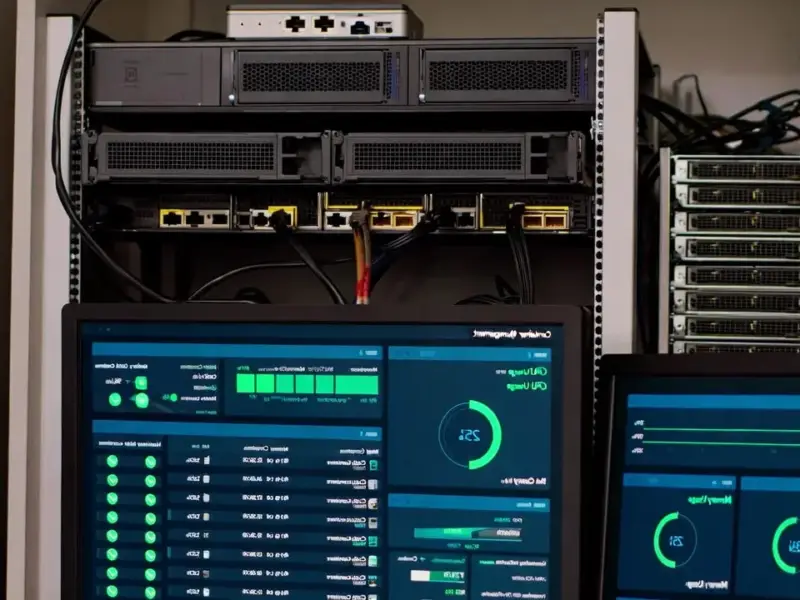According to PCWorld, Microsoft has enabled its Scareware Blocker tool by default in Edge version 142 for all users with devices containing at least 2GB of RAM and four CPU cores, following a successful testing program earlier this year. The real-time protection system can detect and block fake virus warnings, fraudulent Blue Screens of Death, fake ransomware demands, and law enforcement impersonation scams hours or even days before they appear on global blocklists. Microsoft data shows the feature reduces scam spread from affecting 30% of users before active blocking to just 5% after detection. The setting integrates with Windows Defender SmartScreen while reportedly not sharing additional data beyond what SmartScreen already collects. This strategic move represents a significant escalation in browser-level security.
The Browser Security Paradigm Shift
Microsoft’s decision to enable scareware protection by default marks a fundamental shift in how browsers approach security. Traditionally, browsers have focused on blocking known malicious sites through reputation services and malware detection. This proactive, real-time scanning approach represents a more aggressive stance against social engineering attacks that don’t necessarily involve traditional malware. The distinction is crucial – scareware doesn’t always contain malicious code, but rather uses psychological manipulation to trick users into taking harmful actions. By addressing this category specifically, Microsoft is acknowledging that modern browser security must extend beyond technical threats to include human psychology and behavior.
Enterprise Security and Management Challenges
For enterprise IT departments, this default-enabled feature creates both opportunities and challenges. While enhanced protection is welcome, the automatic nature means organizations must now account for this functionality in their security policies and user training. Companies with strict compliance requirements may need to evaluate whether the real-time scanning meets their data handling standards, despite Microsoft’s claims about limited data sharing. The RAM and CPU requirements also create potential compatibility issues for organizations maintaining older hardware, potentially creating security disparities within the same organization. Enterprise administrators will need to determine whether to maintain the default setting or disable it through group policies, requiring careful risk assessment.
The User Experience Balancing Act
Microsoft faces a delicate balancing act between security and user experience with this implementation. While protection against scareware is undoubtedly valuable, false positives could create significant frustration for users attempting to access legitimate but unusual-looking websites. The manual reporting feature mentioned in the source becomes critical here – if users encounter blocked legitimate content, they need clear, intuitive ways to report issues and potentially override protections. The success of this feature will depend heavily on how well Microsoft handles edge cases and maintains transparency about why specific content gets blocked. Users have become accustomed to browsers as neutral platforms, and aggressive blocking could challenge that perception.
Browser Security Competition Intensifies
This move significantly raises the stakes in the browser security competition. While other browsers like Chrome and Firefox offer various security features, Microsoft’s specific focus on scareware as a default-enabled category represents a unique approach. The integration with Windows Defender SmartScreen creates a powerful ecosystem advantage that competitors cannot easily replicate. However, this also raises questions about whether Microsoft is creating a “walled garden” approach to security that could disadvantage users who prefer mixing browser and security solutions from different vendors. The industry will be watching closely to see if Google and Mozilla respond with similar specialized protection features or take different approaches to combating social engineering attacks.
Privacy and Transparency Questions
The timing of this rollout, coming after the controversy around Windows Recall’s data collection, suggests Microsoft is being particularly cautious about privacy implications. The company’s emphasis that the feature works “without sharing screenshots or any extra data beyond what SmartScreen already receives” appears designed to preempt privacy concerns. However, the lack of detailed technical documentation about what data is collected and how it’s processed leaves room for questions. Privacy-conscious users and organizations will want clearer specifics about the scanning methodology and data retention policies. As browsers become increasingly proactive in content analysis, the line between protection and surveillance continues to blur, requiring careful navigation.




